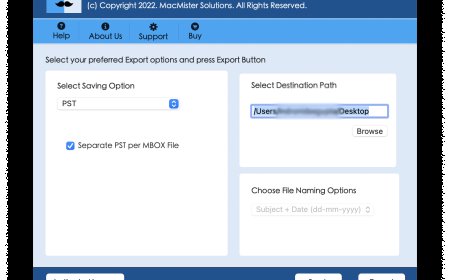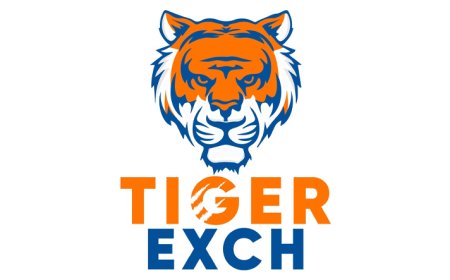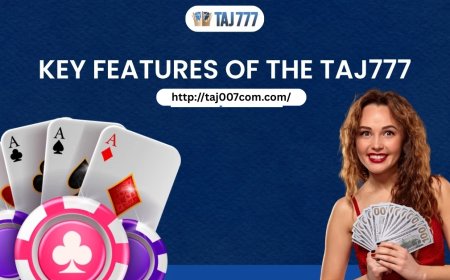How to Spot a Rug Pull: Red Flags in New Crypto Projects
This article explains how to identify and avoid rug pulls in the crypto space by highlighting common red flags such as anonymous teams, unlocked liquidity, and unrealistic promises. It emphasizes the importance of extra caution during a crypto bear market and when dealing with volatile crypto assets, offering practical tips to protect your investments.

The cryptocurrency industry is known for its innovation, opportunity, and high rewards. But hand-in-hand with those possibilities comes riskparticularly the risk of falling for fraudulent schemes like rug pulls. As new tokens and projects emerge at lightning speed, especially during a volatile crypto market, investors must remain alert to red flags that could indicate a scam.
In this article, well explain what a rug pull is, the telltale signs of one, and how to protect yourselfespecially when the hype is high and the market sentiment is shaky, such as during a crypto bear market.
What Is a Rug Pull?
A rug pull is a type of exit scam where the developers of a crypto project abandon it unexpectedly and run away with investors funds. Typically, this happens in decentralized finance (DeFi) ecosystems or new token launches, where there is minimal oversight or regulation.
Rug pulls can take several forms:
-
Liquidity theft: Developers withdraw all the liquidity from a decentralized exchange, leaving the token worthless.
-
Token dump: Insiders or developers hold large amounts of tokens and sell them at once, crashing the price.
-
Abandonment: The team disappears, deletes social media, and halts all development without warning.
These scams often target newcomers who are lured in by the promise of quick profits, high yields, or a seemingly viral community. And with thousands of projects launching monthly, especially during a volatile crypto phase, staying safe requires vigilance.
Why Rug Pulls Increase During a Crypto Bear Market
During a crypto bear market, when prices fall and investor sentiment drops, scammers become more aggressive. Why?
-
Investors are desperate for gains: People look for the next big thing to recover losses.
-
Oversight declines: Fewer developers and watchdogs remain active, reducing scrutiny.
-
Lower liquidity: Its easier to manipulate prices and pull scams when market activity is thin.
Scammers exploit this vulnerability by launching flashy tokens, promising revolutionary tech, and faking credibility through paid influencers or bots.
Top Red Flags to Watch Out For
To avoid becoming a victim of a rug pull, watch for these warning signs:
1. Anonymous or Unverified Team
If the project developers refuse to reveal their identities or have no track record in the crypto space, proceed with caution. While anonymity is common in crypto, genuine projects usually offer some form of transparency or credibility through audits, partnerships, or a history of work.
2. No Locked Liquidity
Projects that launch tokens without locking liquidity on a decentralized exchange are especially dangerous. Locked liquidity ensures that the team can't pull out all the funds suddenly. If there's no lock or time frame disclosed, thats a major red flag.
3. No Smart Contract Audit
A smart contract audit by a reputable third party ensures that the tokens code is secure and free of malicious functions. If the project lacks an audit or uses unknown audit firms, think twice before investing.
4. Unrealistic Promises and Hype
Scammers love to make big claimslike 100x returns in a week or guaranteed passive income. They may pay influencers or create fake Twitter hype to drive FOMO (fear of missing out). If it sounds too good to be true, it probably is.
5. Centralized Token Ownership
Use blockchain explorers to check how tokens are distributed. If a few wallets hold the majority of the supply, they can crash the price by dumping. Genuine projects aim for fair launches and transparent tokenomics.
6. No Clear Use Case or Roadmap
A legitimate project will have a whitepaper, roadmap, and clear use cases for its token. If you can't understand what the project doesor if the site is full of buzzwords without substanceit could be a scam in disguise.
Case Studies: Real-World Rug Pulls
-
Squid Game Token (SQUID): A token inspired by the Netflix series exploded in price, only to collapse as developers disappeared with over $3 million.
-
Meerkat Finance: This DeFi protocol lost $31 million overnight, allegedly due to an "exploit," but it was later suspected to be an insider rug pull.
These cases underline why caution is necessary, especially in a volatile crypto environment where prices and projects shift quickly.
How to Protect Yourself
1. Do Your Own Research (DYOR)
Dont rely on influencers or social media. Read the whitepaper, check the tokenomics, and verify the development team. Use tools like CoinGecko, Etherscan, and RugDoc to vet projects.
2. Avoid All In Investing
Spread your capital across different projects. If one fails, your entire portfolio wont go down with ita strategy especially important during a crypto bear market when failures are more frequent.
3. Use Reputable Platforms
Stick to known decentralized exchanges or vetted launchpads. Many legitimate trading platforms now require projects to undergo security audits before listing.
4. Monitor Wallet and Contract Activity
Use blockchain explorers to monitor token transactions. Sudden changes in contract permissions or huge insider transfers may signal a pending rug pull.
5. Stay Informed and Skeptical
Join trusted forums, read crypto news from reputable outlets, and participate in community discussions. If a project discourages questions or bans users from asking critical questionsrun.
Conclusion
In the fast-moving world of cryptocurrencies, the promise of quick gains can blind even the savviest investor. Rug pulls continue to plague the ecosystem, particularly during volatile crypto cycles and crypto bear markets, when fear and desperation rise.
By learning to spot the red flags, conducting thorough research, and avoiding overhyped projects, beginners can protect themselves and make smarter investment decisions. Stay alert, stay informed, and remember: in crypto, security begins with skepticism.





























